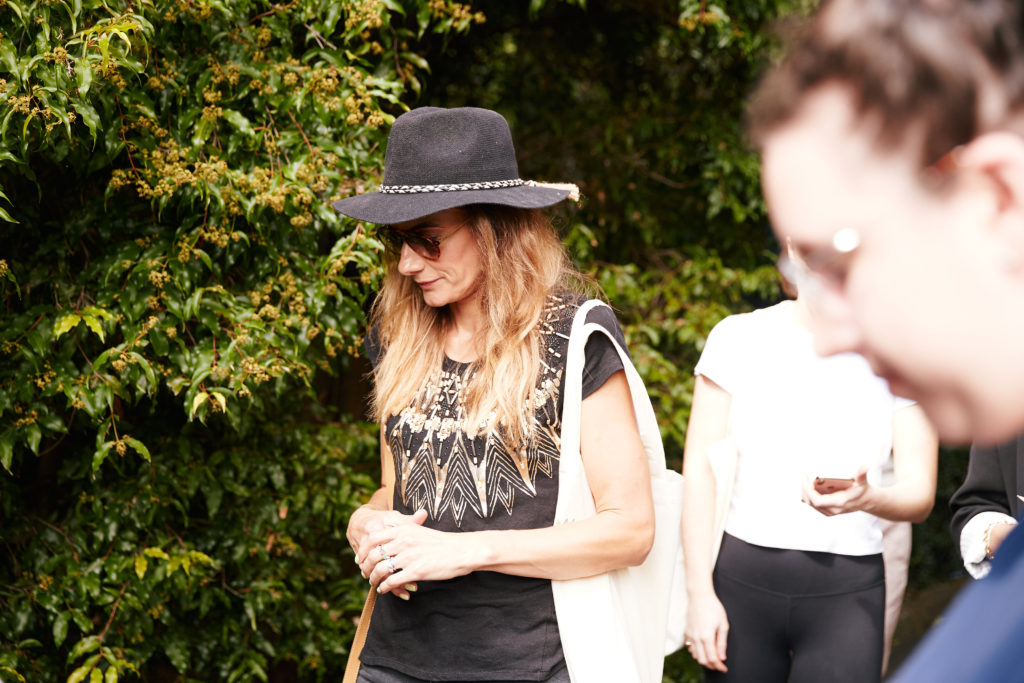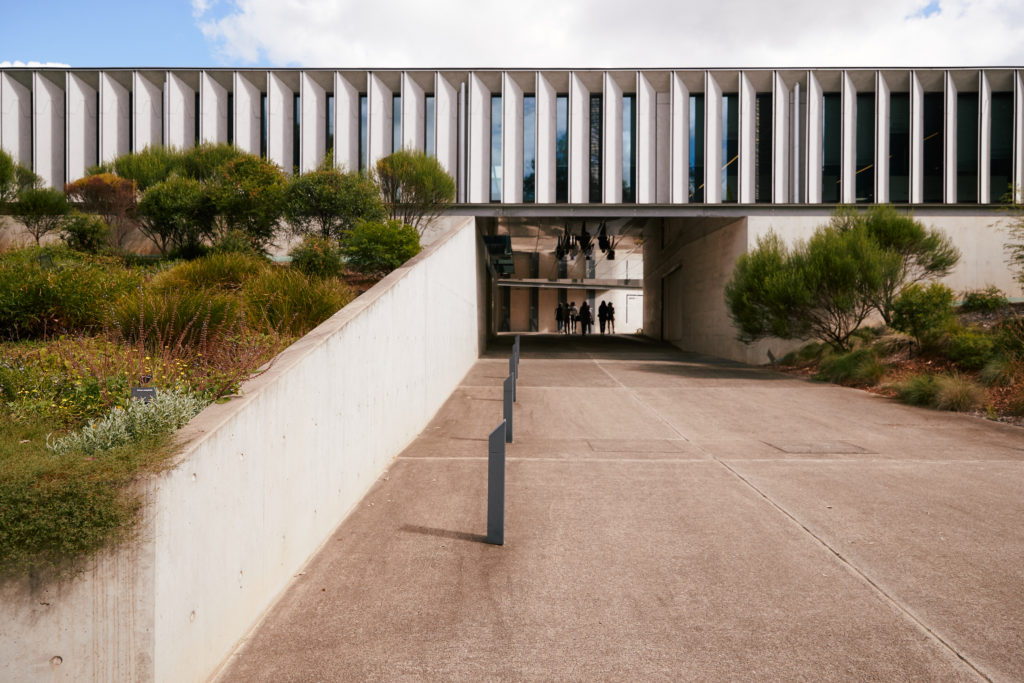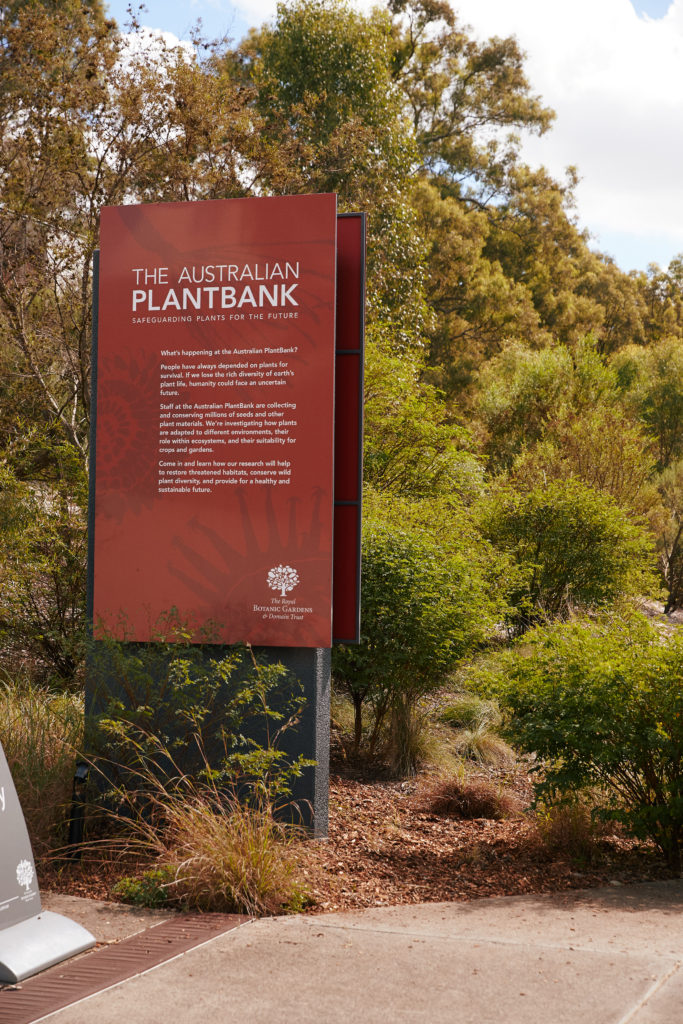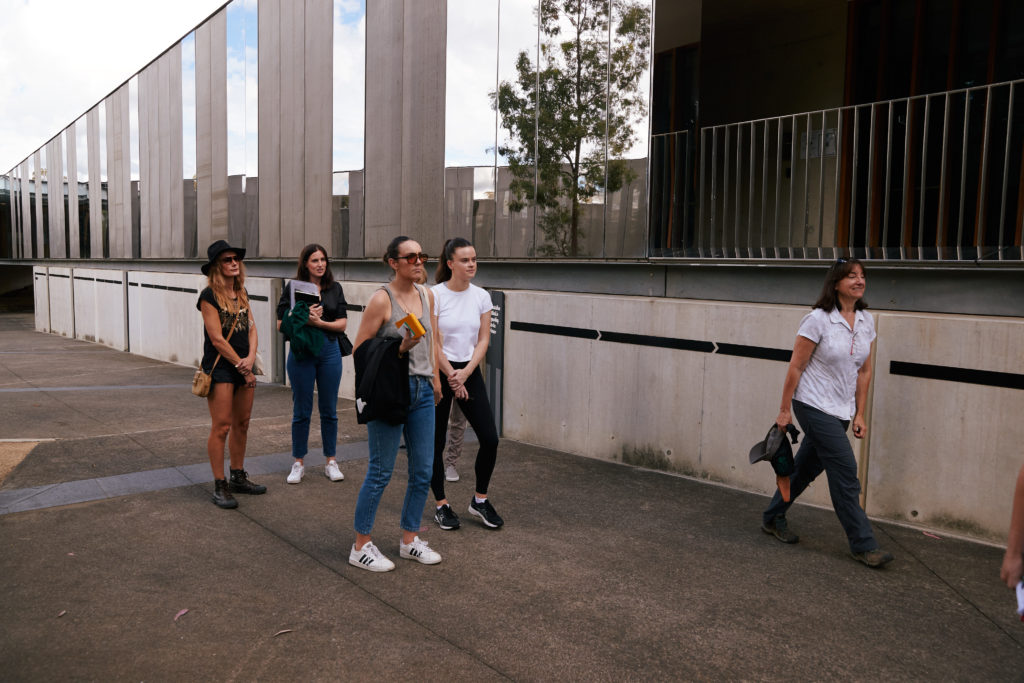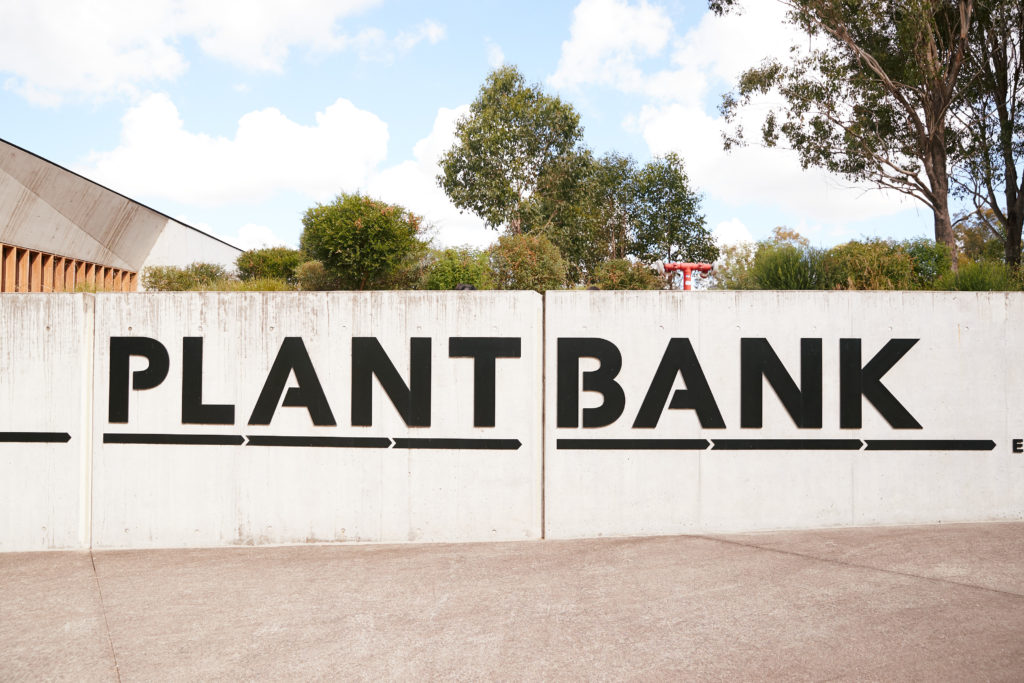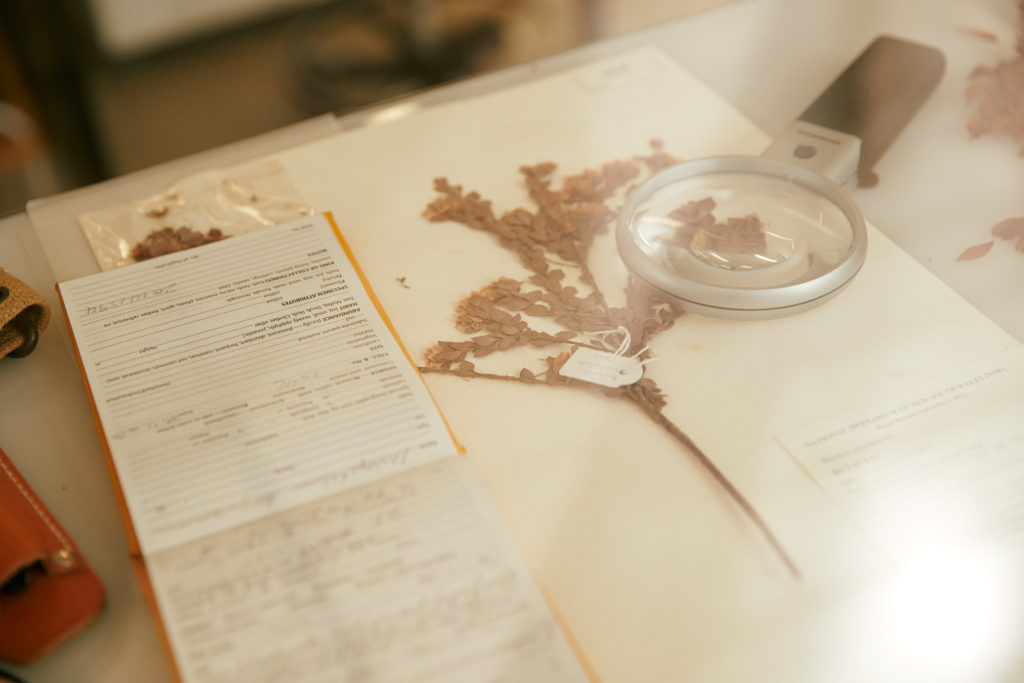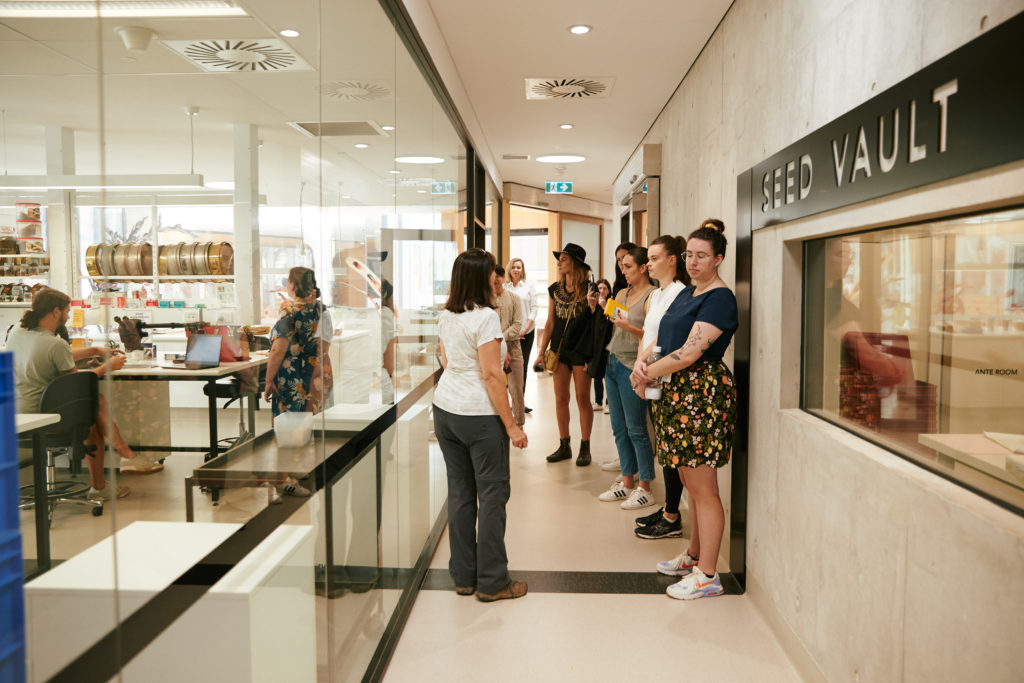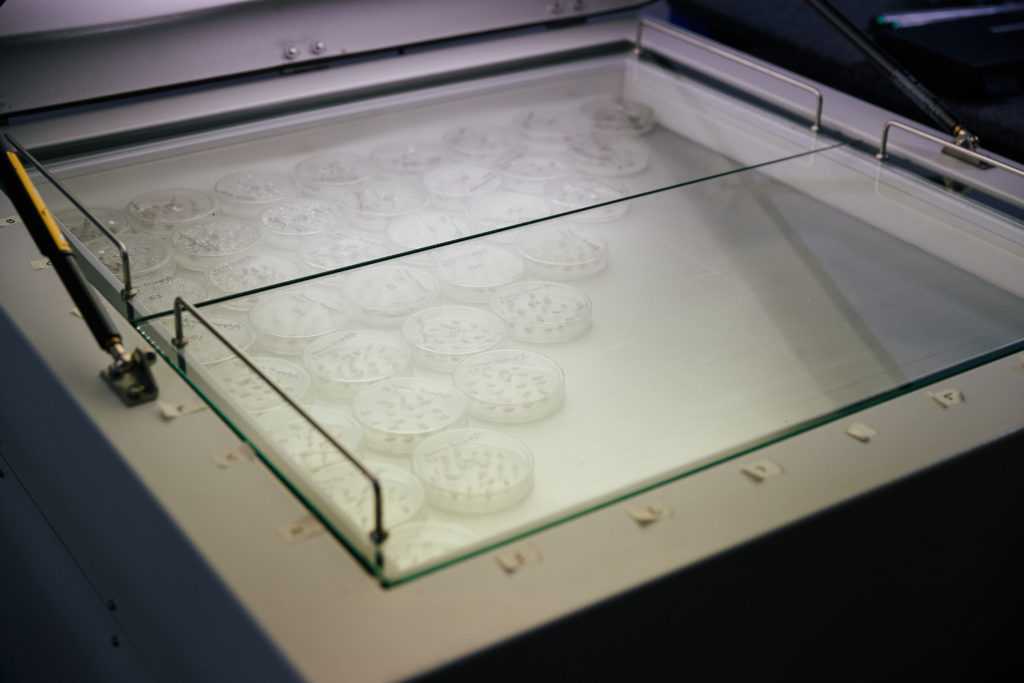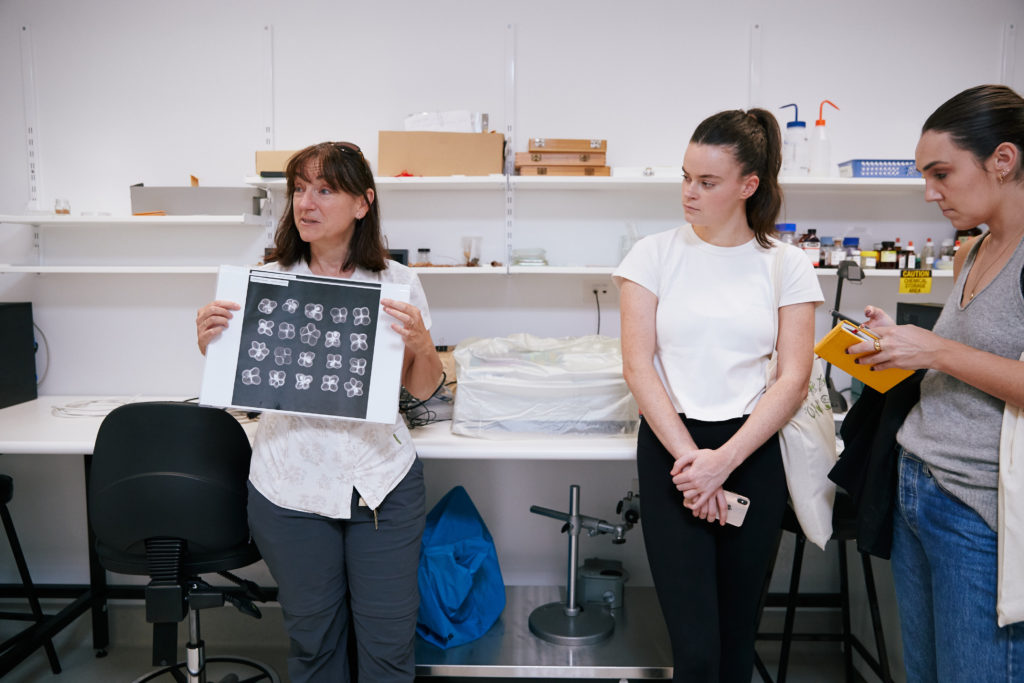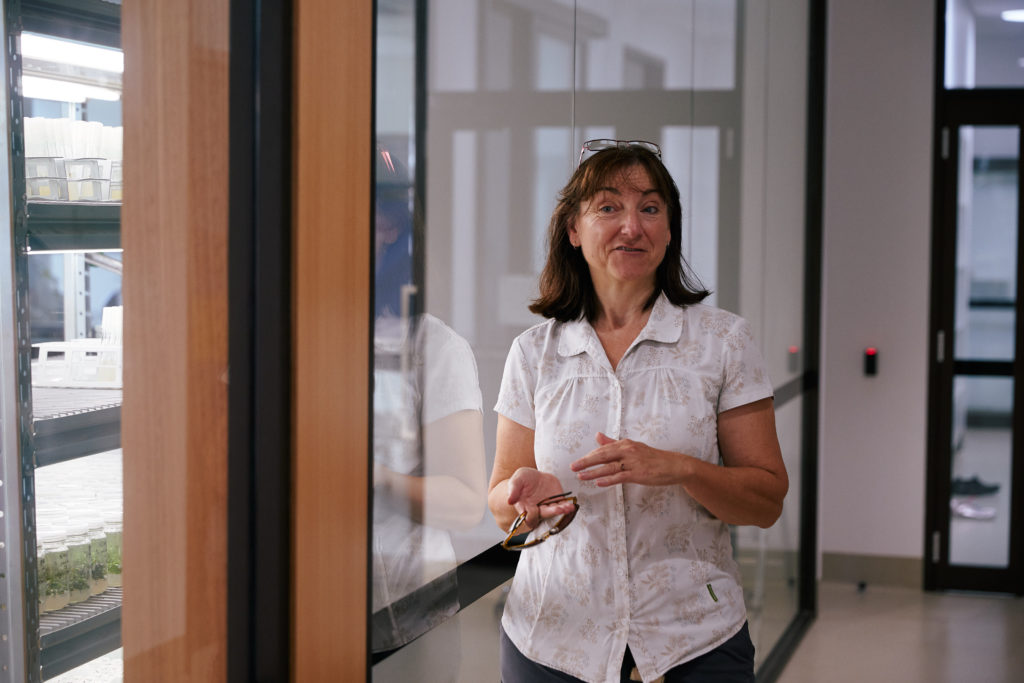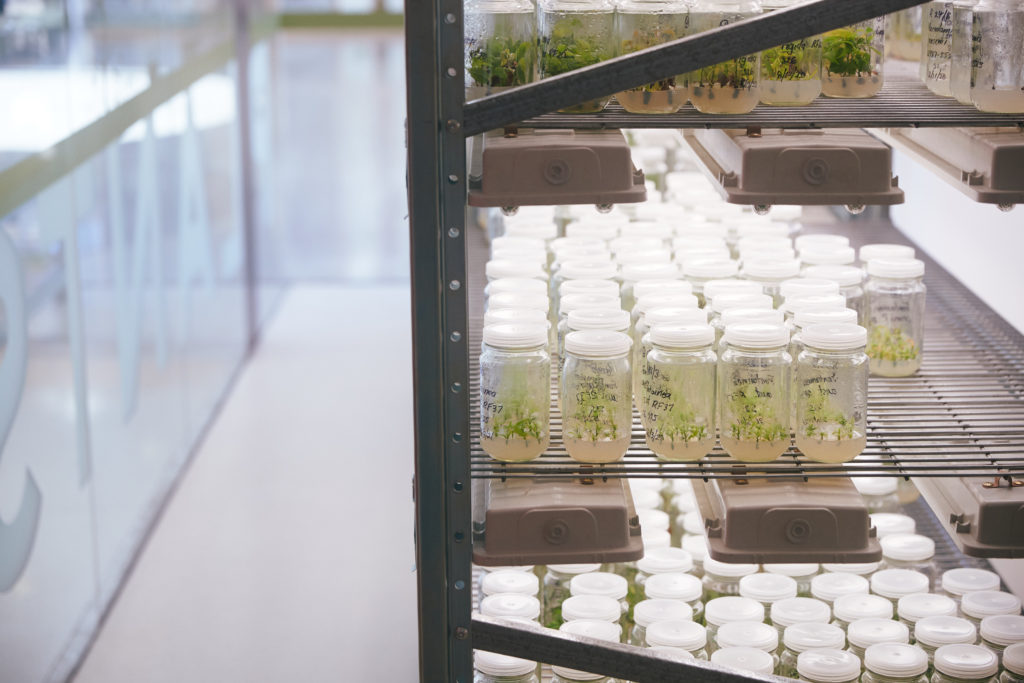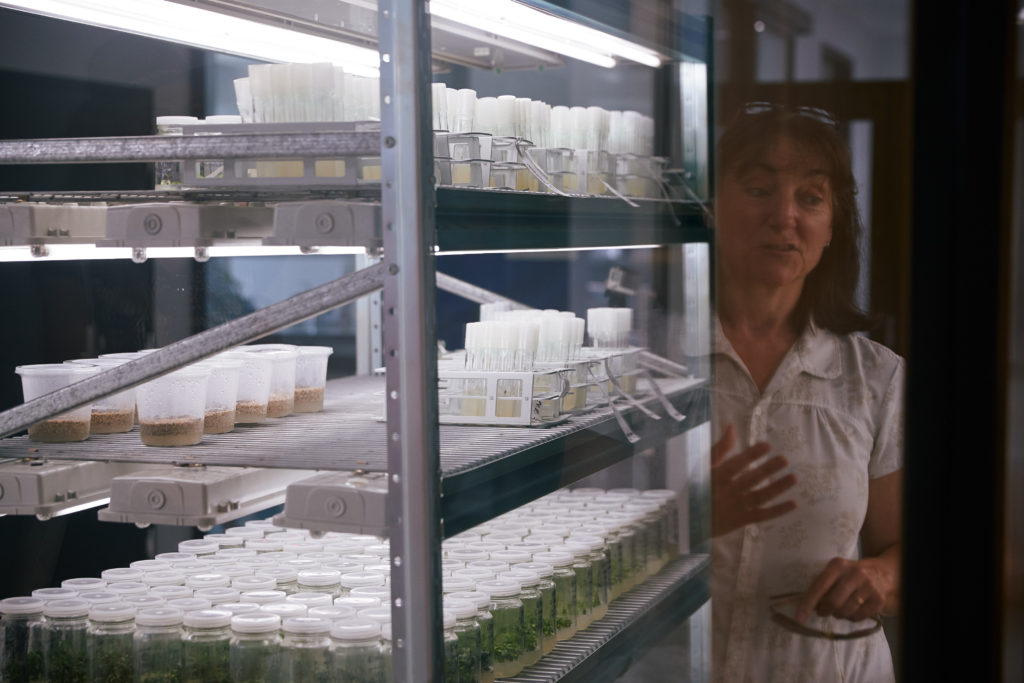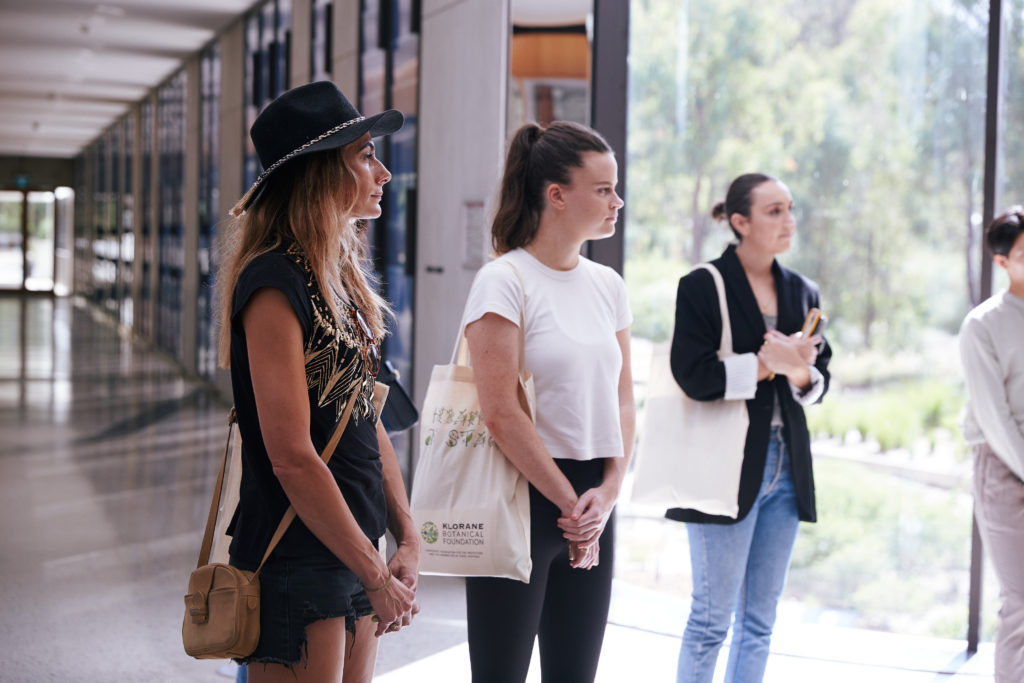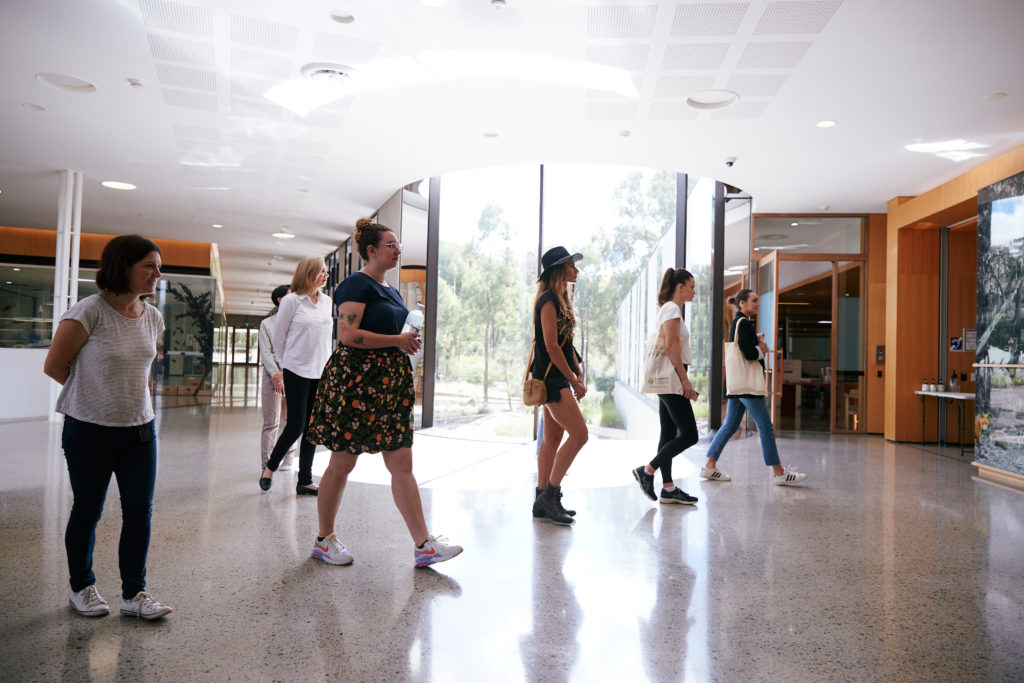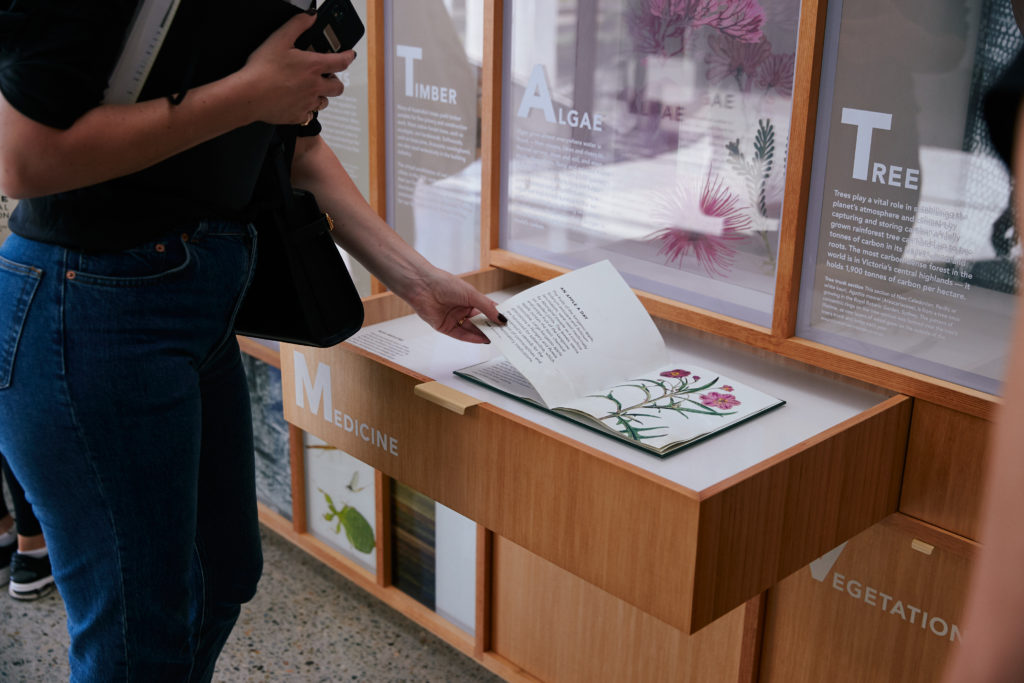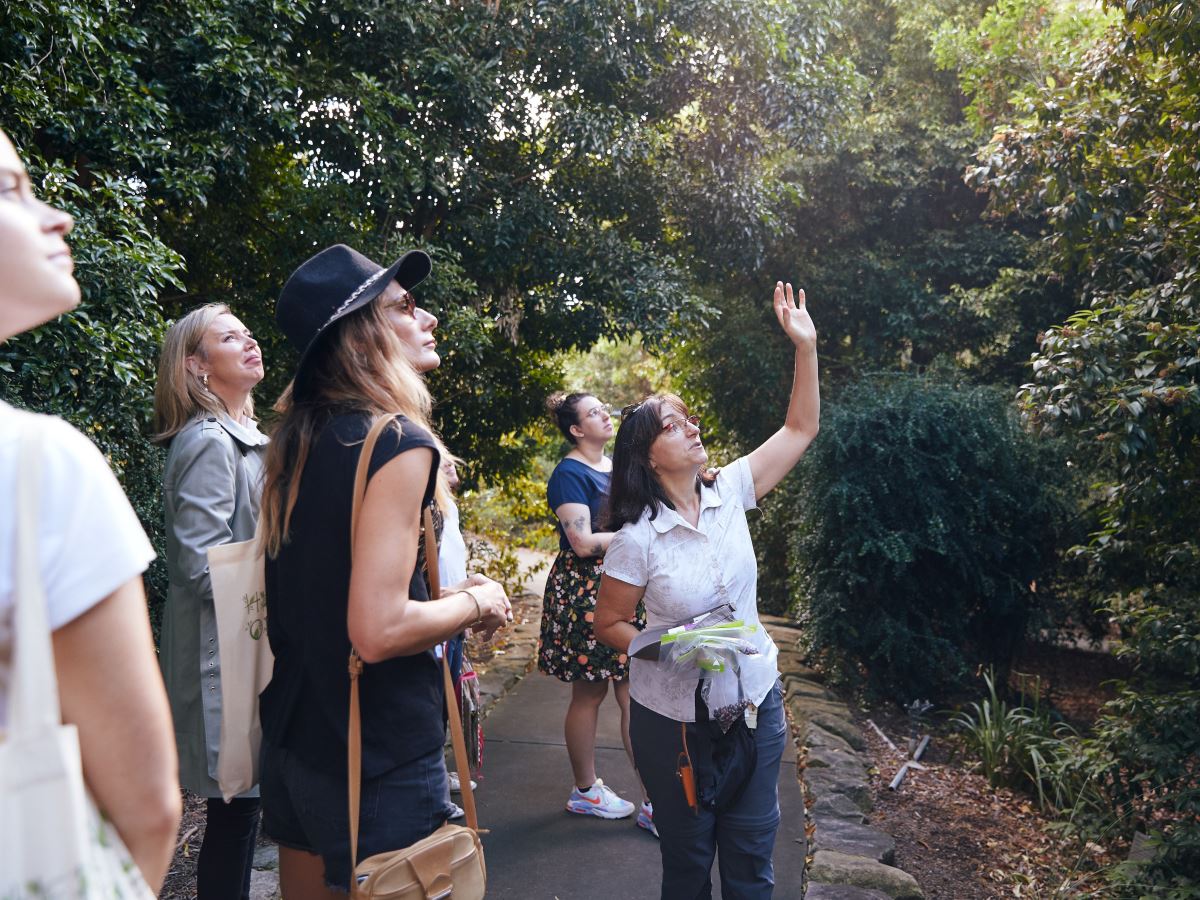World Earth Day is an annual event held on April 22 around the globe to demonstrate support for environmental protection.
First held on April 22, 1970, it now includes a wide range of events in more than 193 countries and involved more than 1 billion people.
Ahead of the globally recognised day, Klorane hosted a Seed Collection Trip for media to the Australian Botanic Garden Mount Annan to raise awareness and assist with Australian conservation.
Guests were transported to the gardens, where they were met by Dr Karen Sommerville, the Research Scientist in charge of the Rainforest Conservation Project.
She explained that rainforests covered just two per cent of the earth’s surface yet were home to about half of the world’s five to 10 million plant and animal species, and that they also played a major role in stabilising the world’s climate.
Janis McNicholas, Pierre Fabre Group ANZ Training Manager, also addressed the guests and explained the company’s dedication to protecting biodiversity, especially as nature was still the main source of inspiration for its Klorane and Avene brands.
She said protecting the environment had always been a “duty” of the French company.
Attendees were then shown the process of seedbanking by Dr Sommerville , which is the cutting and storage of suitable seeds, to contribute to the survival of some of Australia’s most threatened species.
The seeds are house in the Australian PlantBank, located within the Australian Botanic Garden, which also acts as a science and research facility of the Royal Botanic Gardens and Domain Trust.
It houses seed and tissue culture collections that provide an insurance policy against extinction of native plants in the wild, Dr Sommerville said.
Guests were given a tour of the seed vault at the PlantBank, which is one of the most biodiverse places on the planet, holding seed collections of many of the 25,000 plant species that occur in Australia.
“These seed and plant collections are used by scientists to understand how such species grow and interact in their habitats, and how they can be best conserved,” Dr Sommerville said .
“They are also used for large-scale restoration work and the development of species for the horticulture industry.”
After the seed vault, guests were then given a tour of the long term cold room facilities for storage of seeds, a drying room, incubators and seed processing and testing laboratory facilities.
The not-for-profit Klorane Botanical Foundation in Australia continues to advance its mission of Protect, Explore and Share, Janis said.
Klorane Botanical Foundation’s investment supports:
- the rainforest conservation program that uses world class science to protect Australia’s rainforest species
- the collection and conservation of NSW threatened species
- ongoing training in conservation techniques for the scientists and their collaborators
- sharing of research achievements and expertise in the conservation of Australian plant biodiversity globally
Worldwide, the foundation has established initiatives in 22 countries, educated more than half a million children about plants and planted more than 100,000 trees to preserve natural ecosystems.
Images from the Seed Collection Trip below:

Janis McNicholas, Pierre Fabre Group ANZ Training Manager.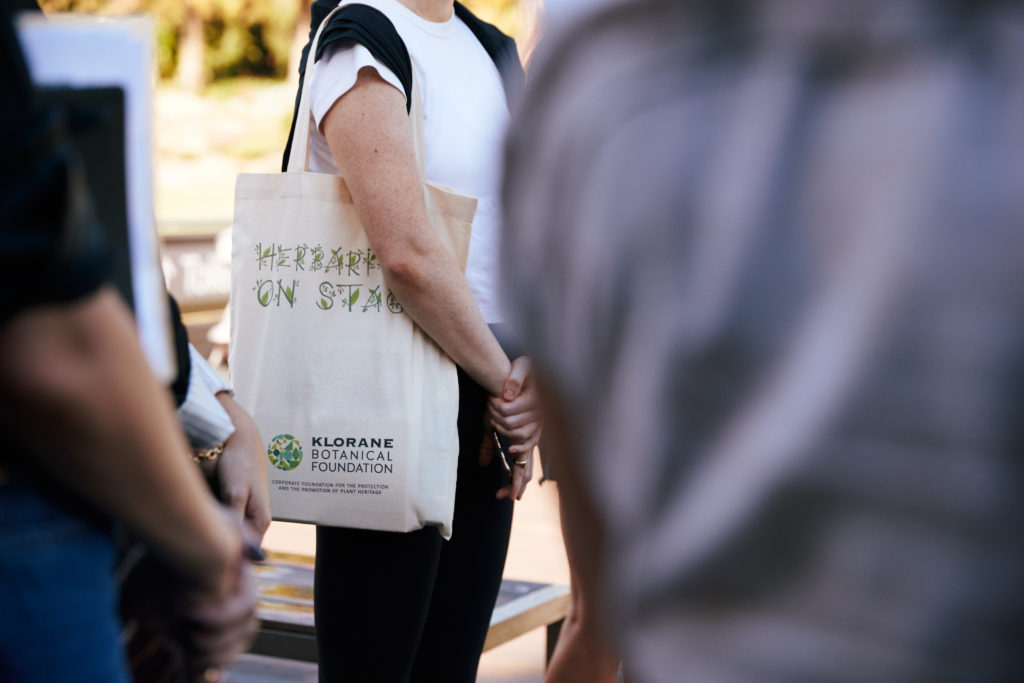
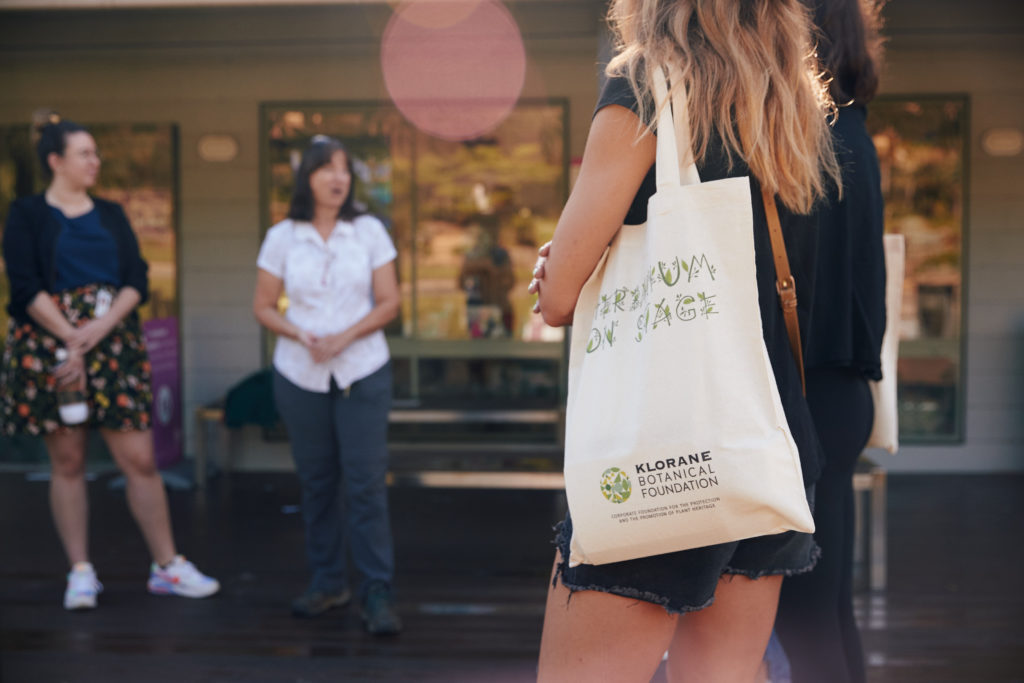
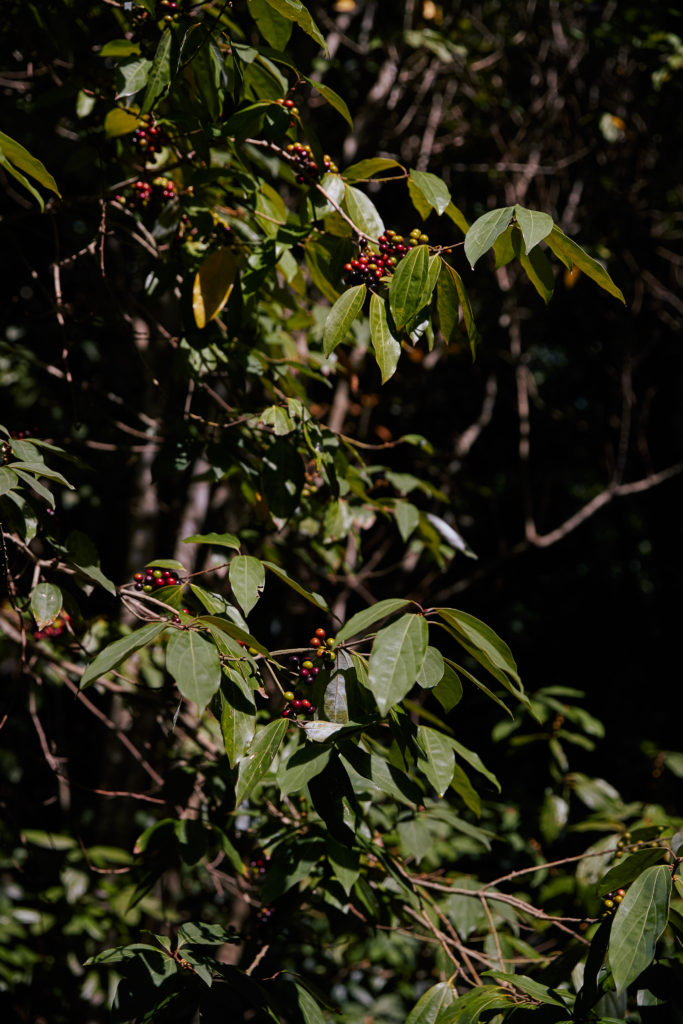
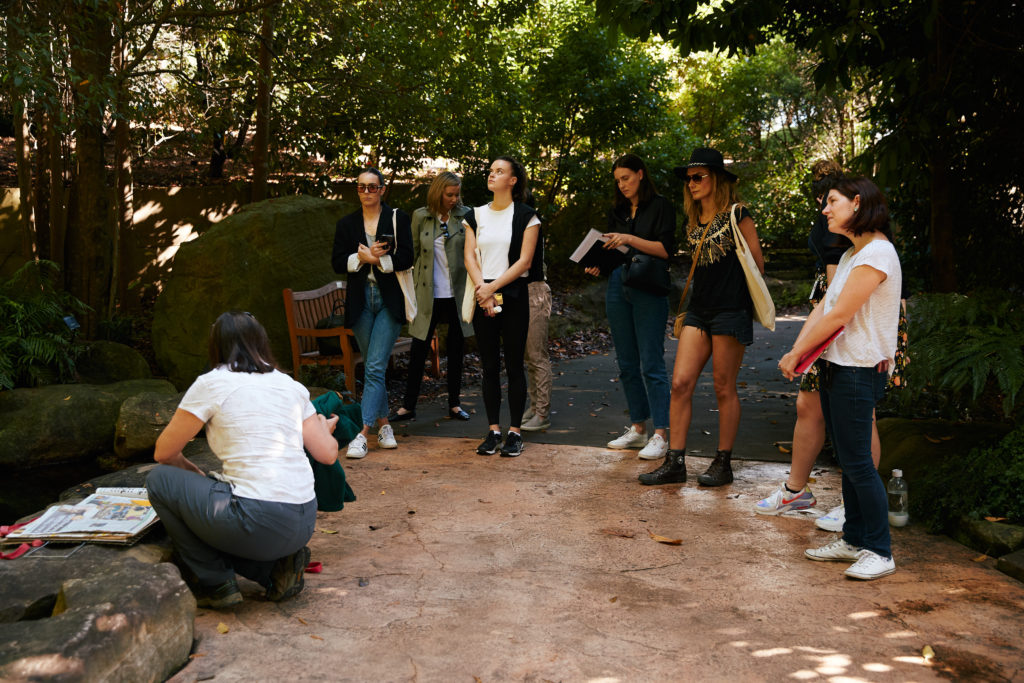
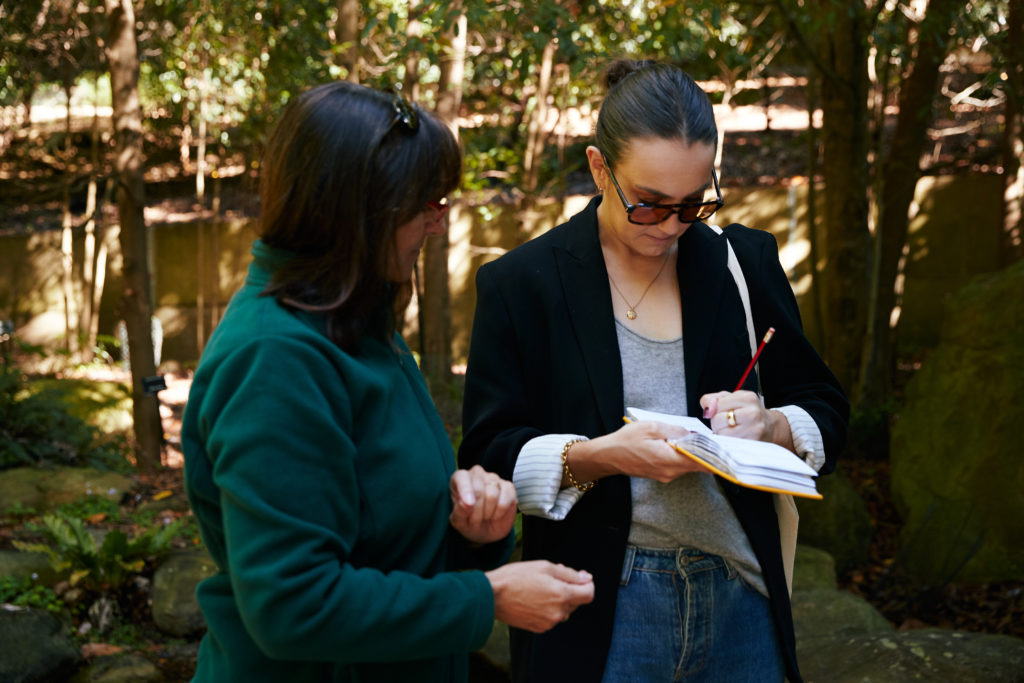
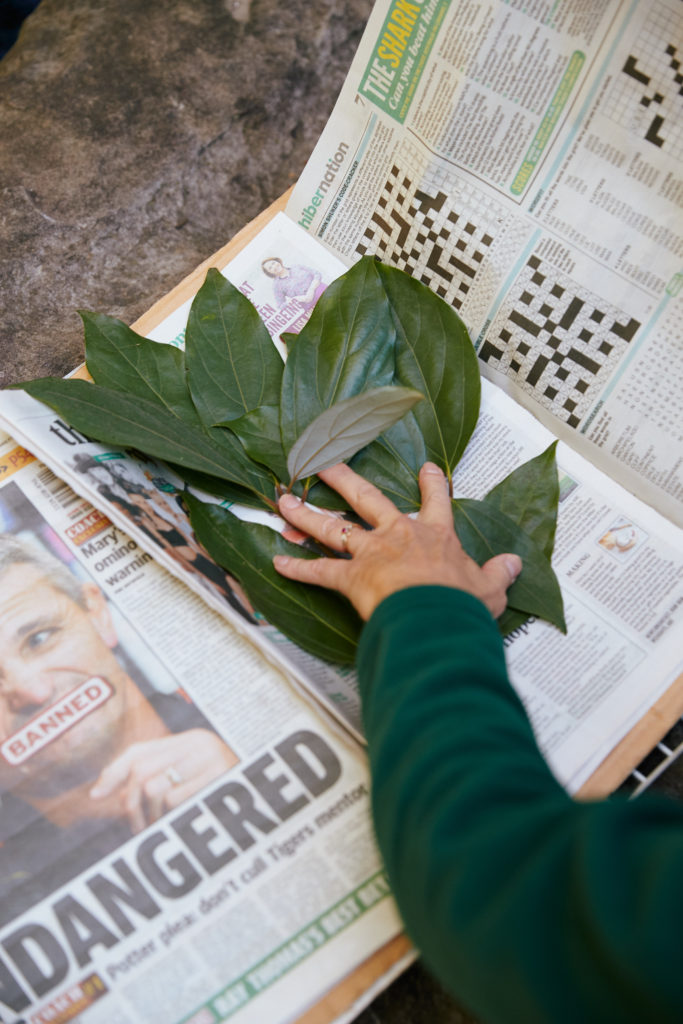
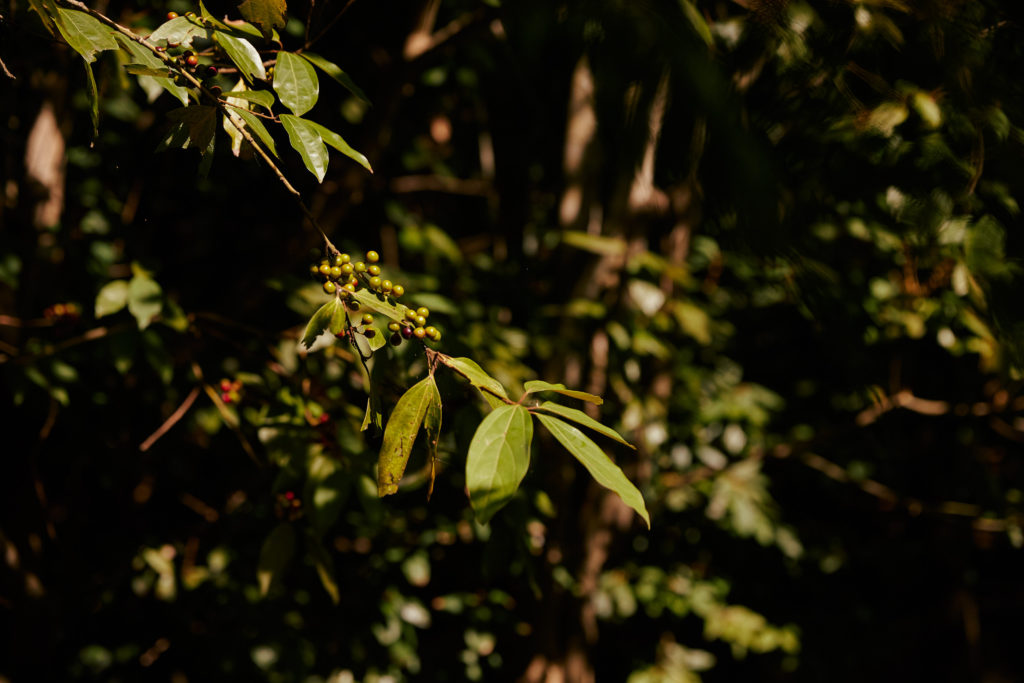
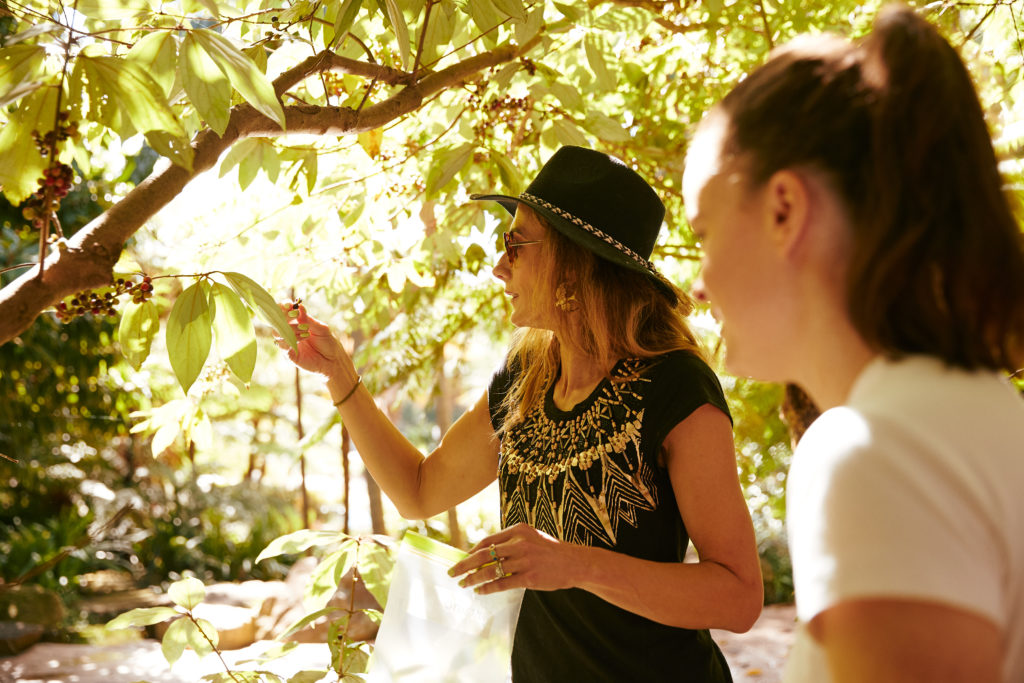
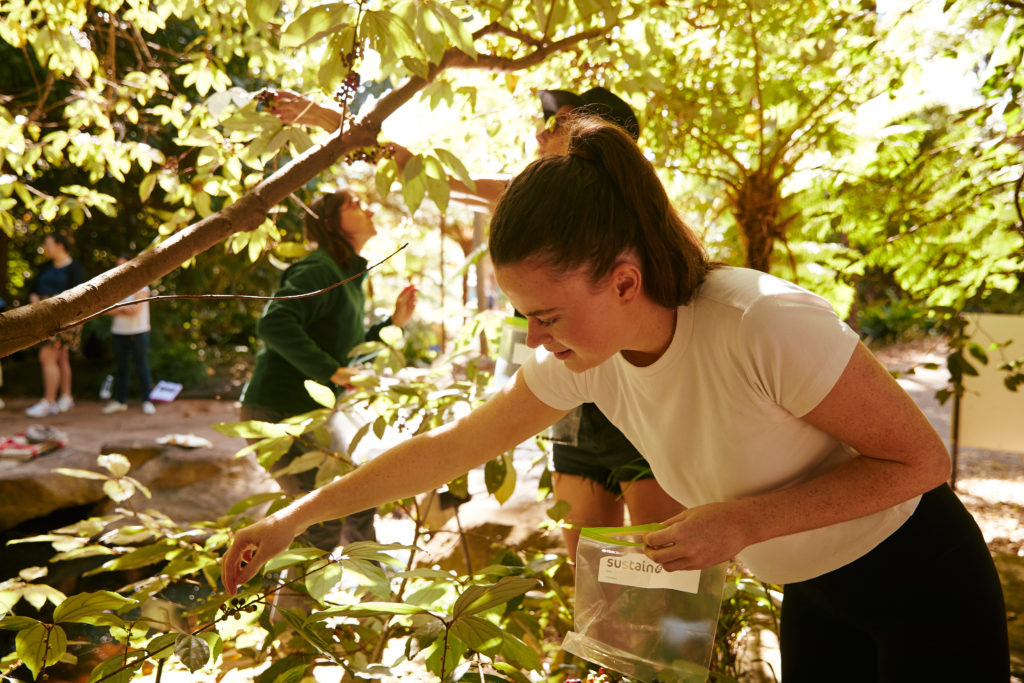
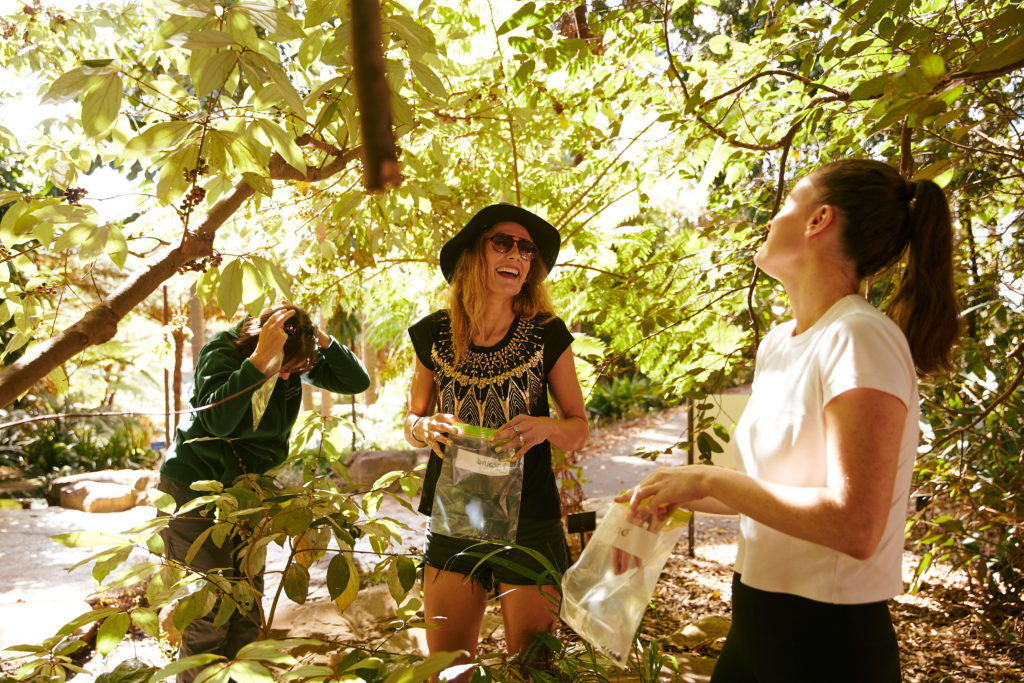

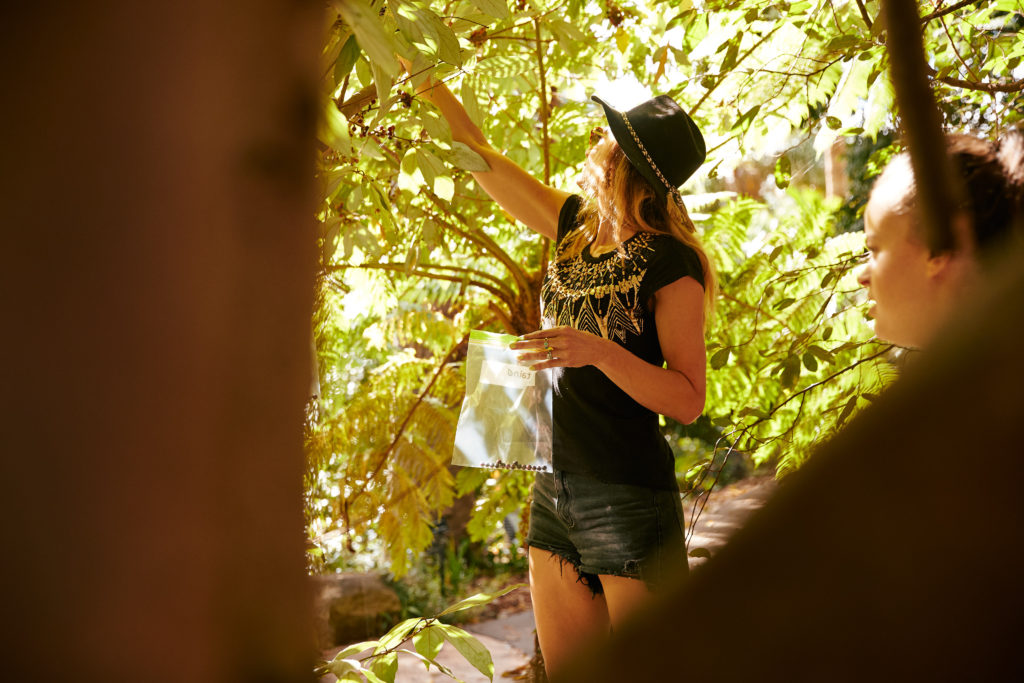
esprit Editor Michelle Ruzzene. 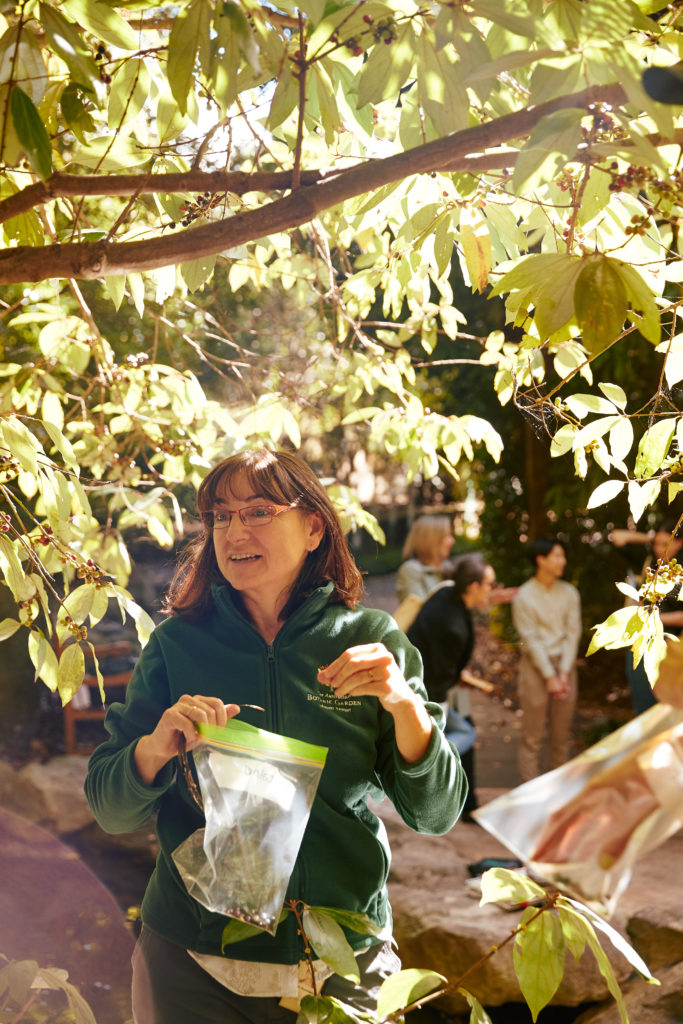
Dr Karen Sommerville. 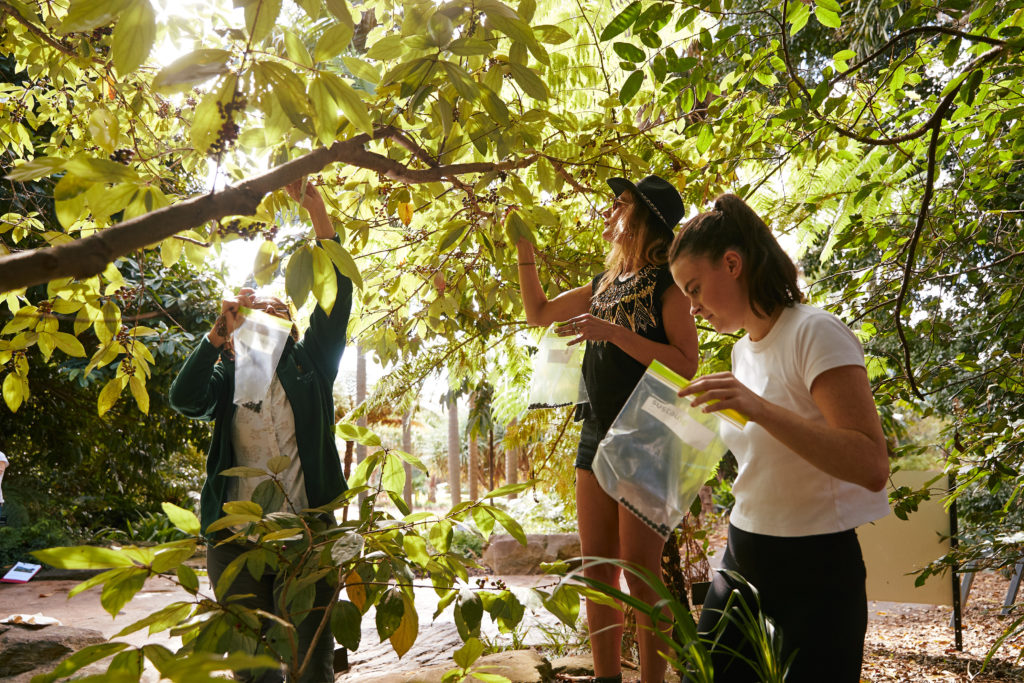
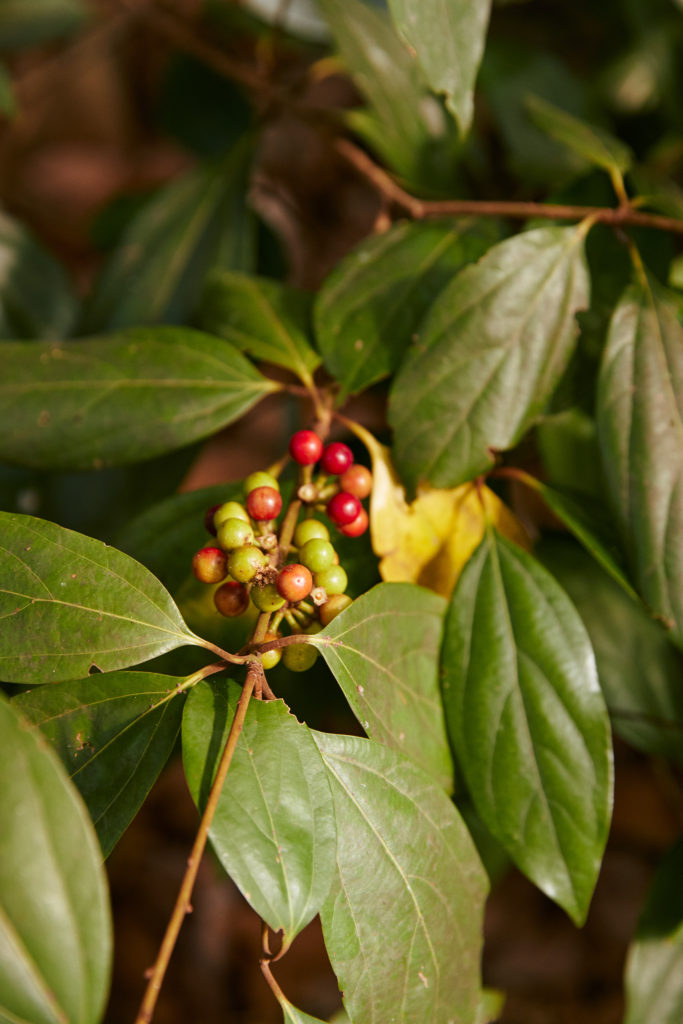
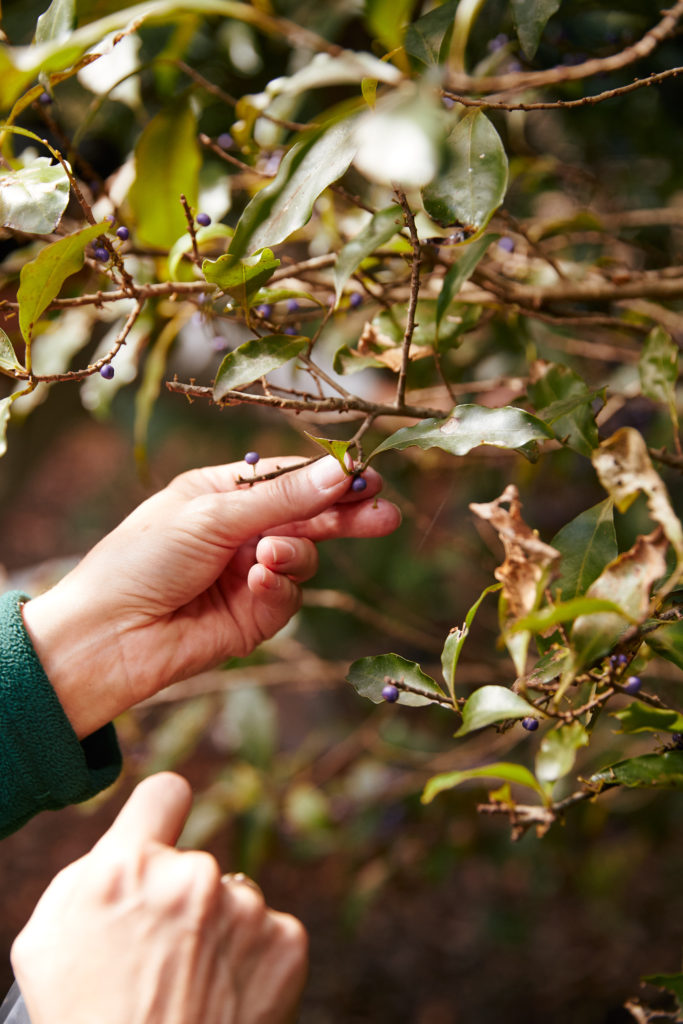
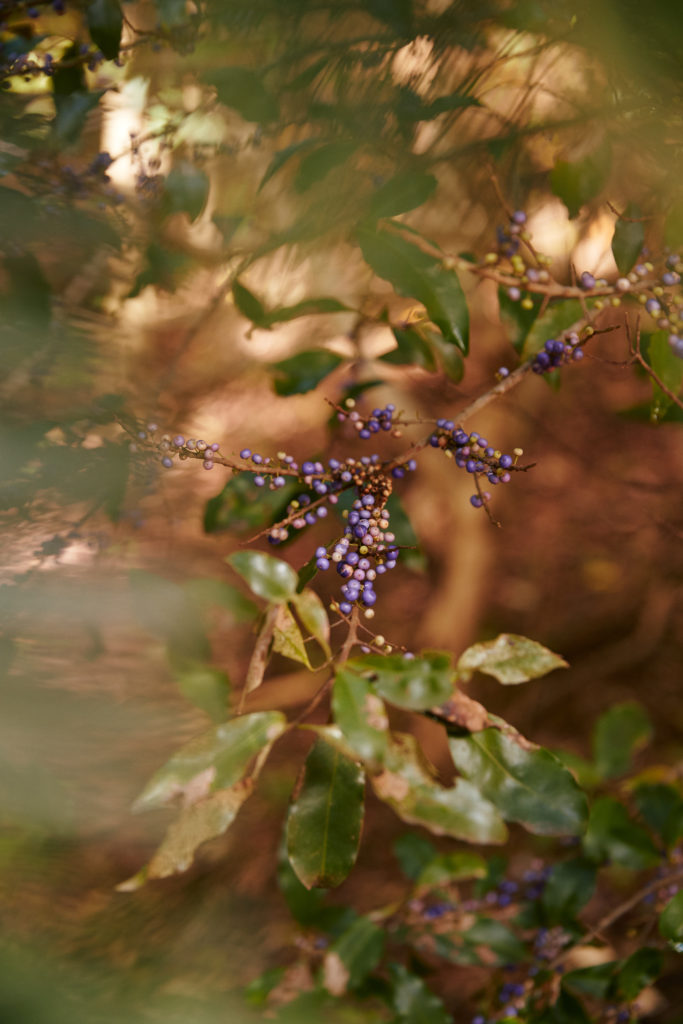
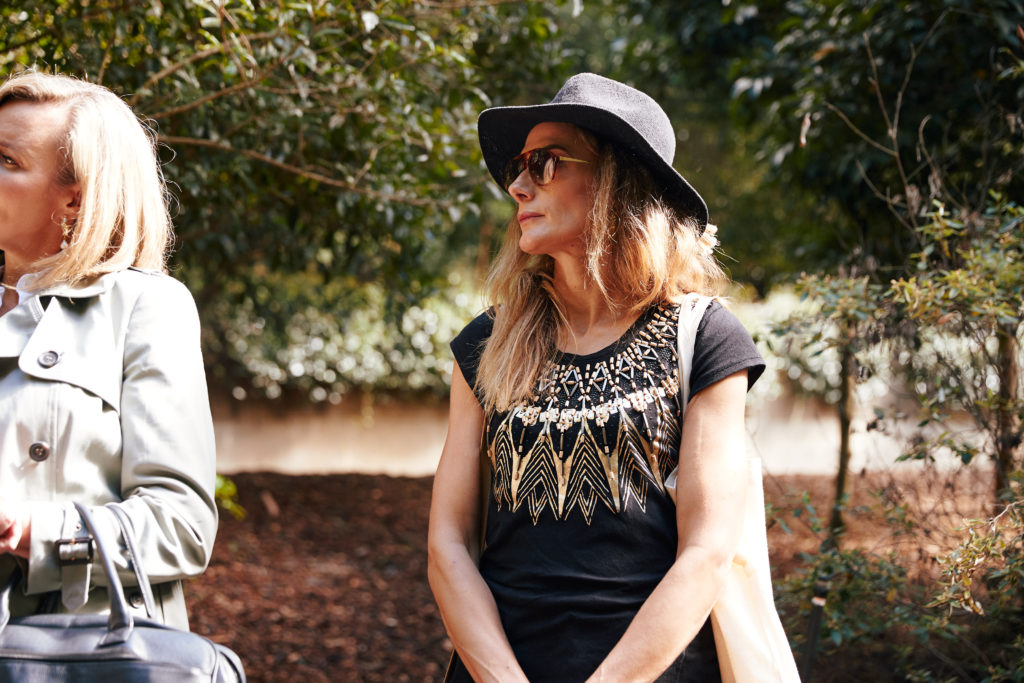
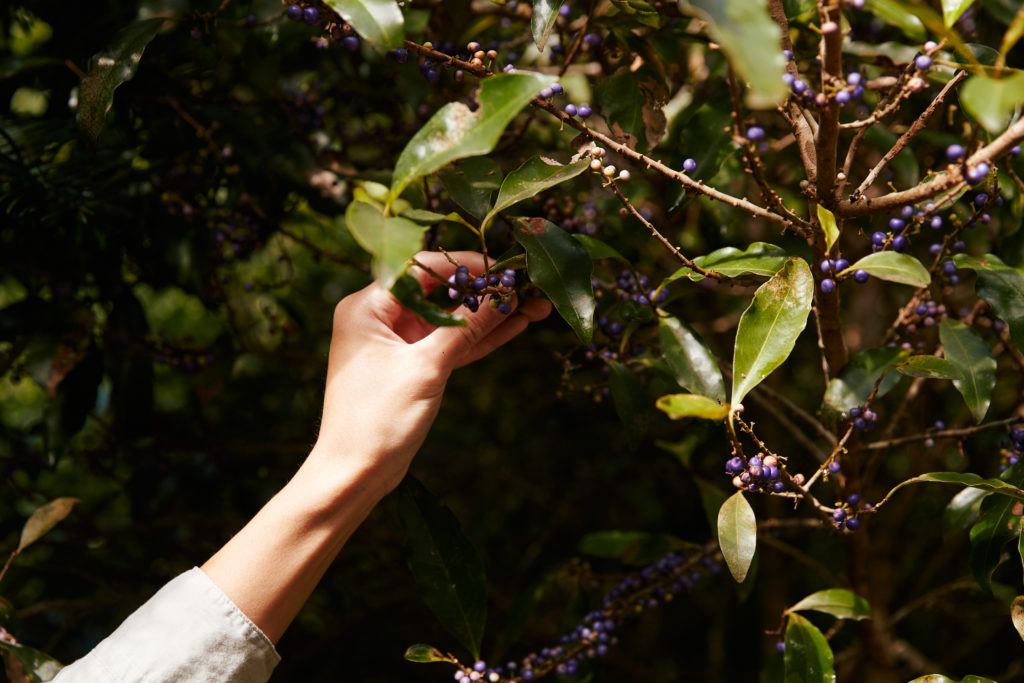
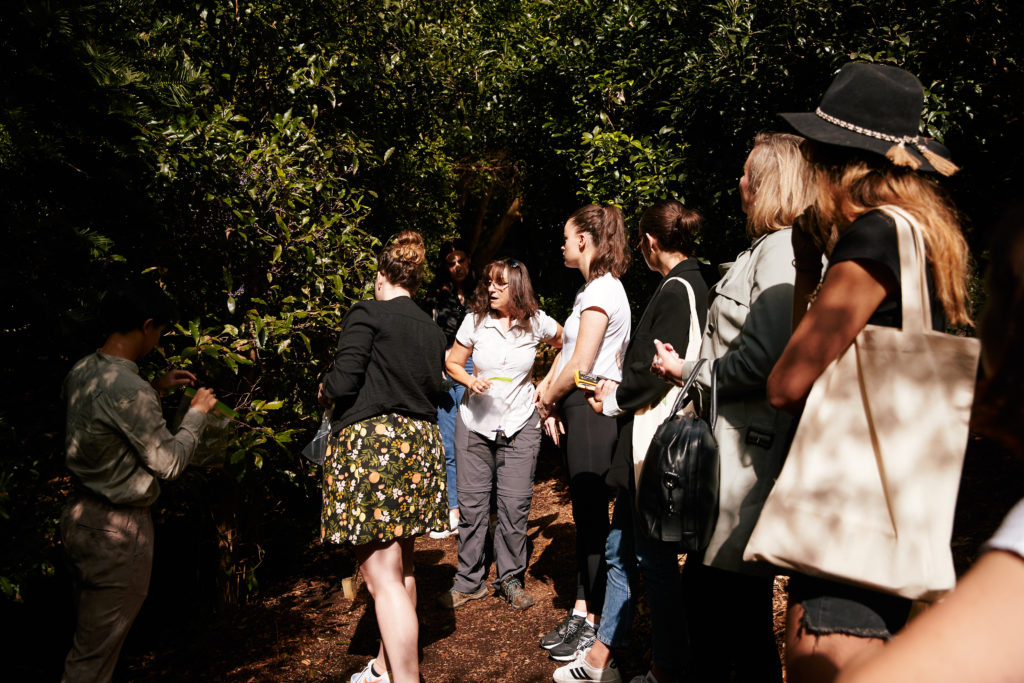
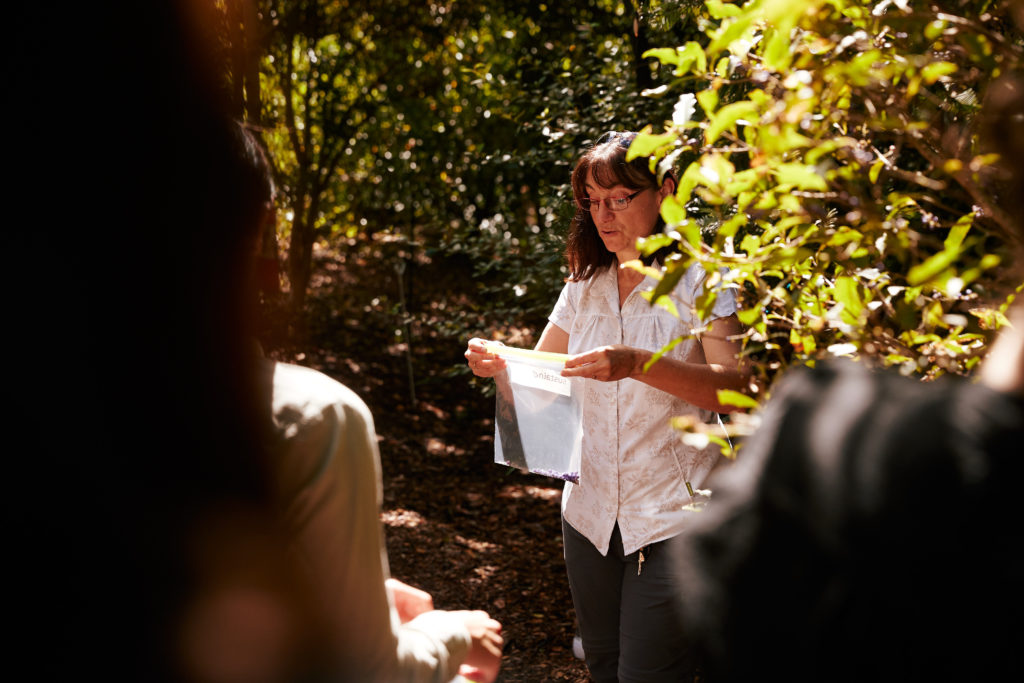
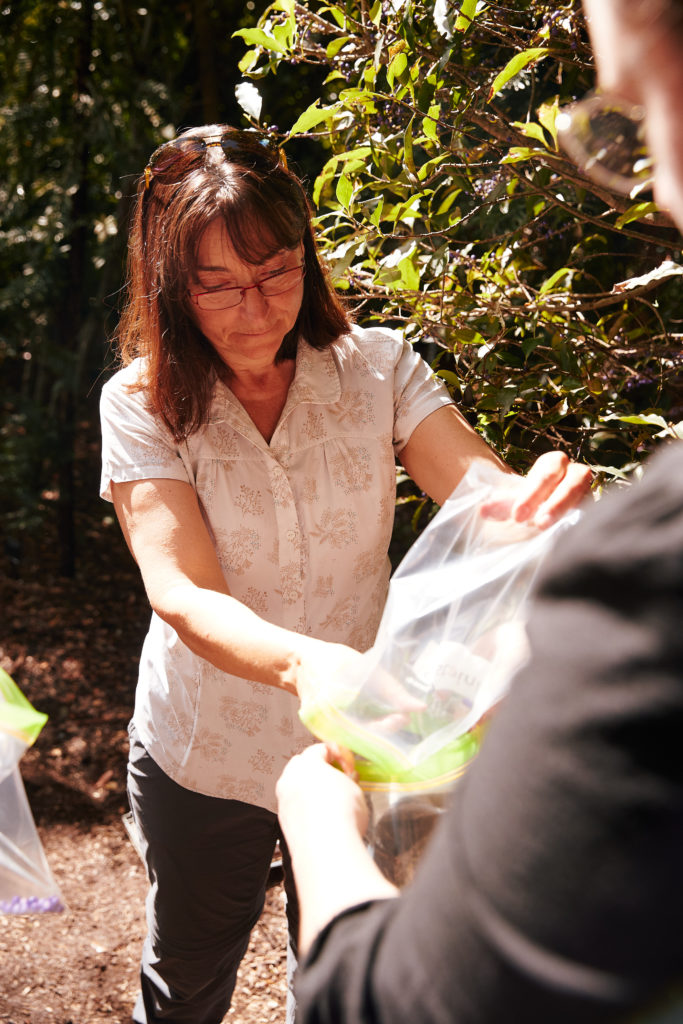
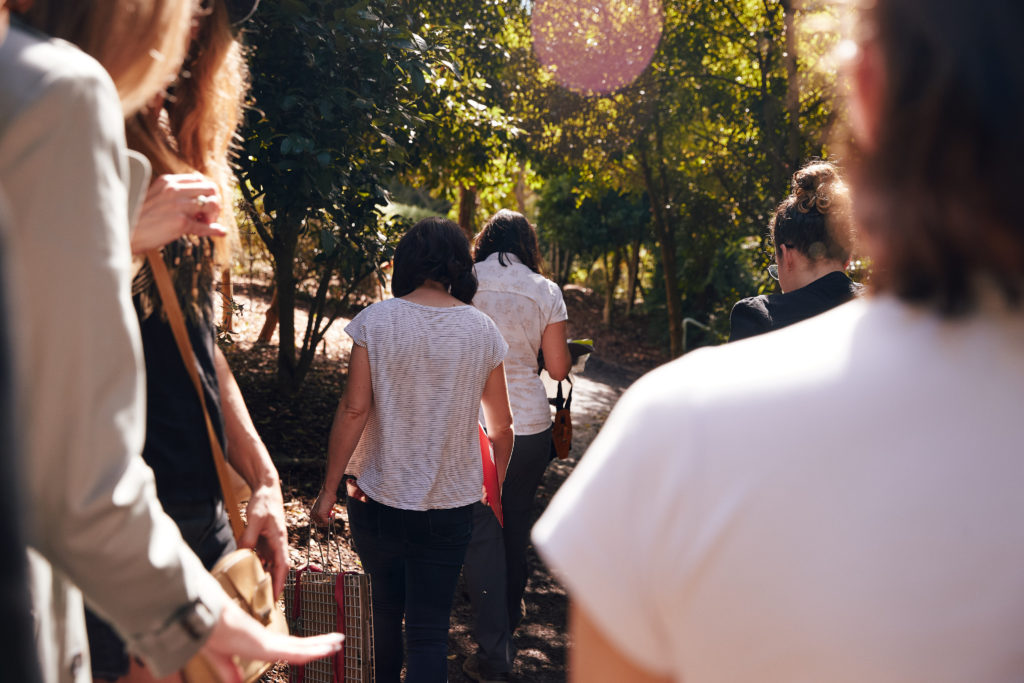
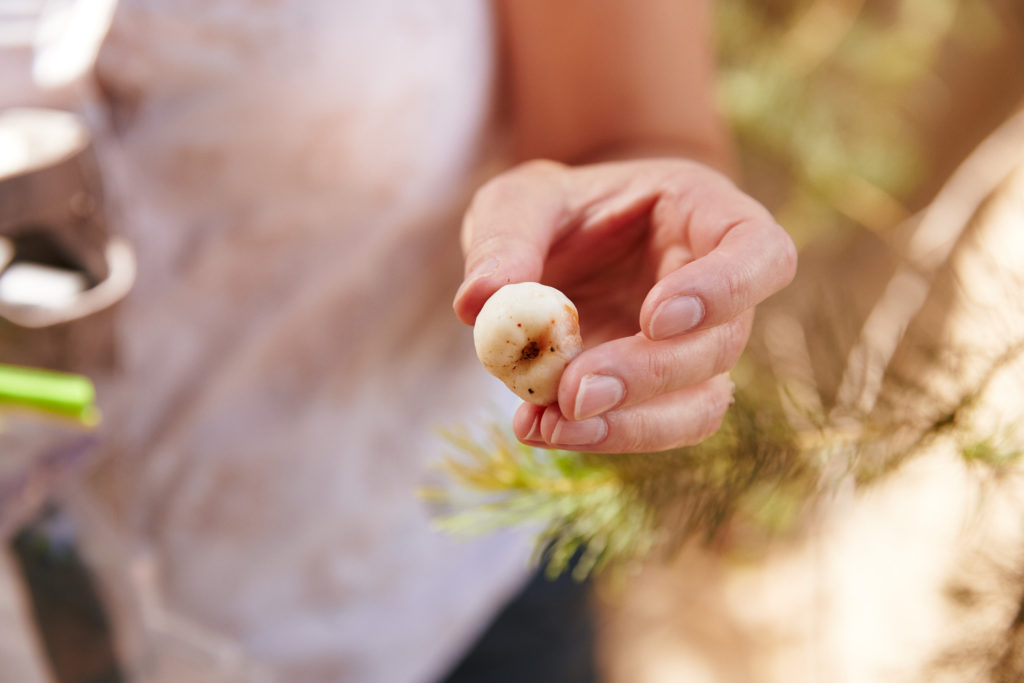
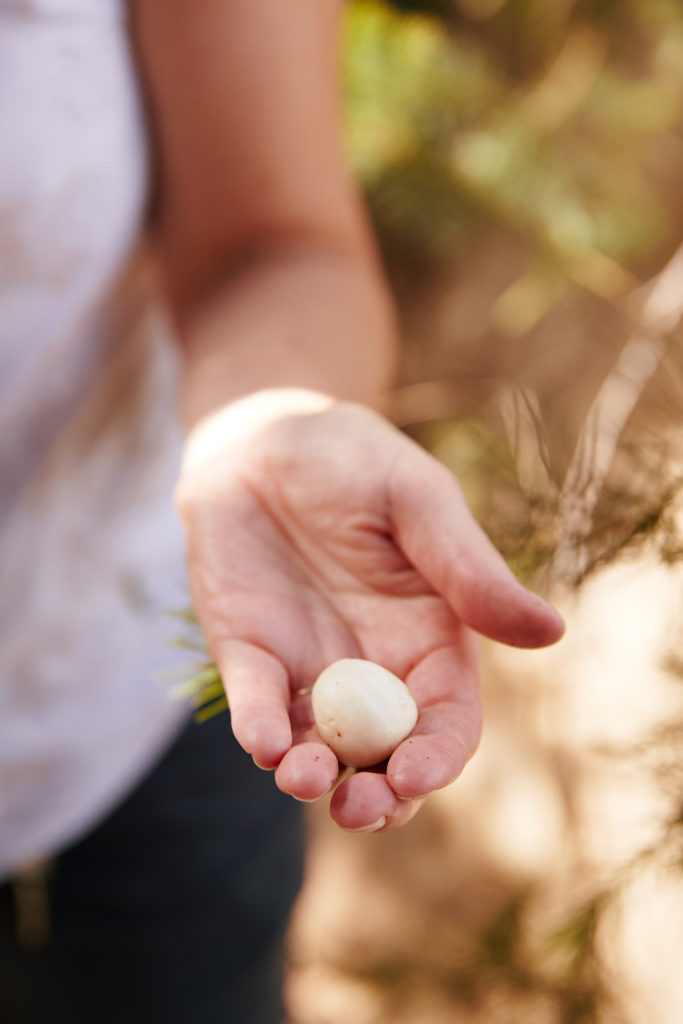
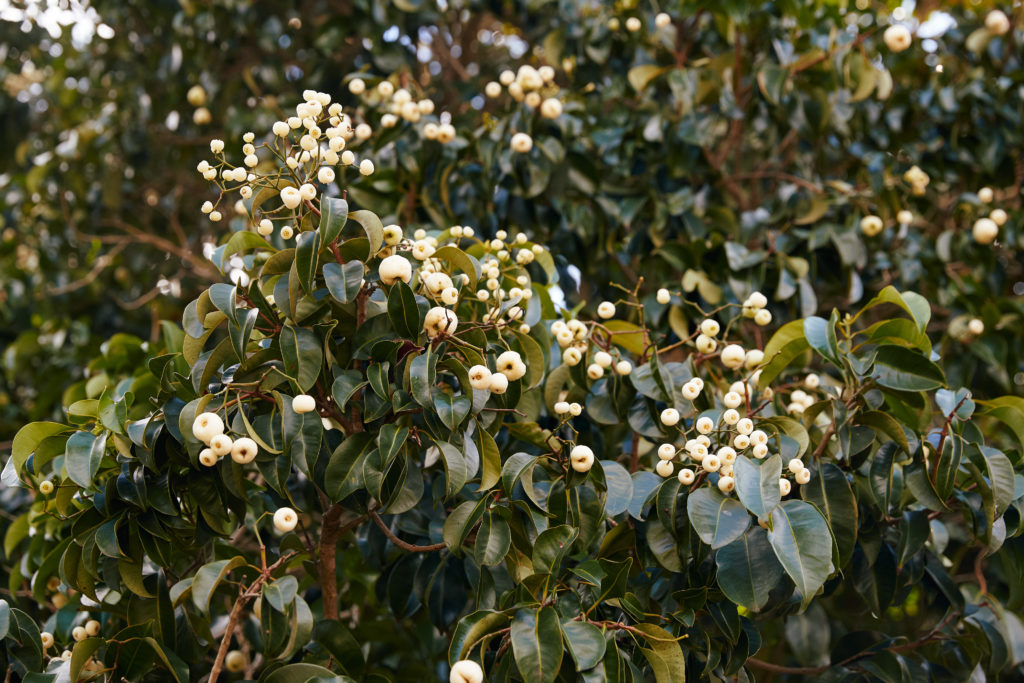
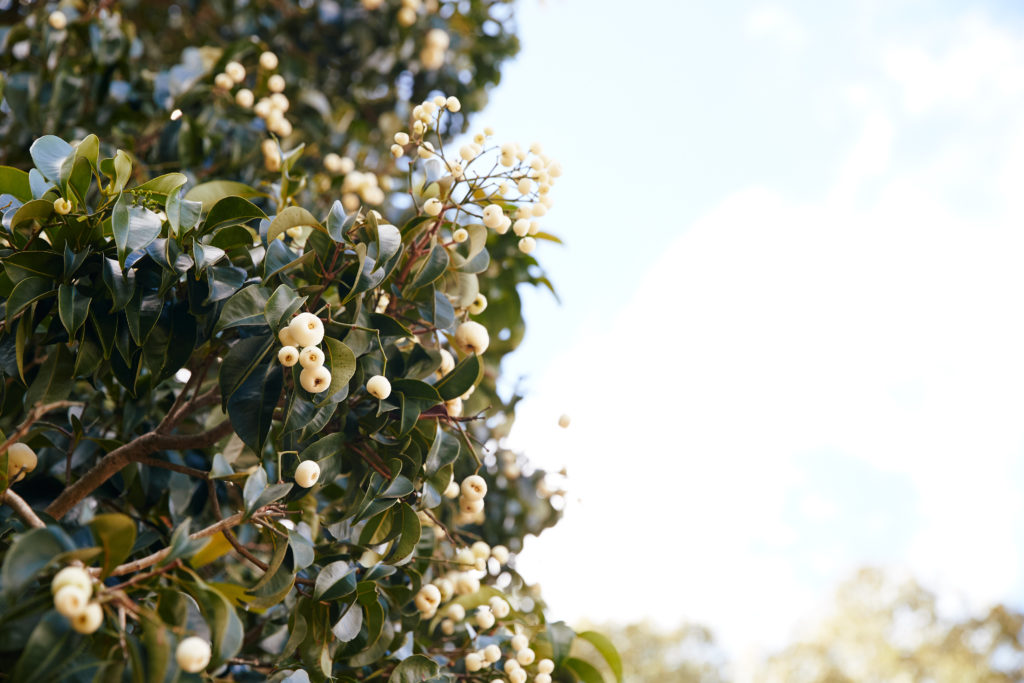
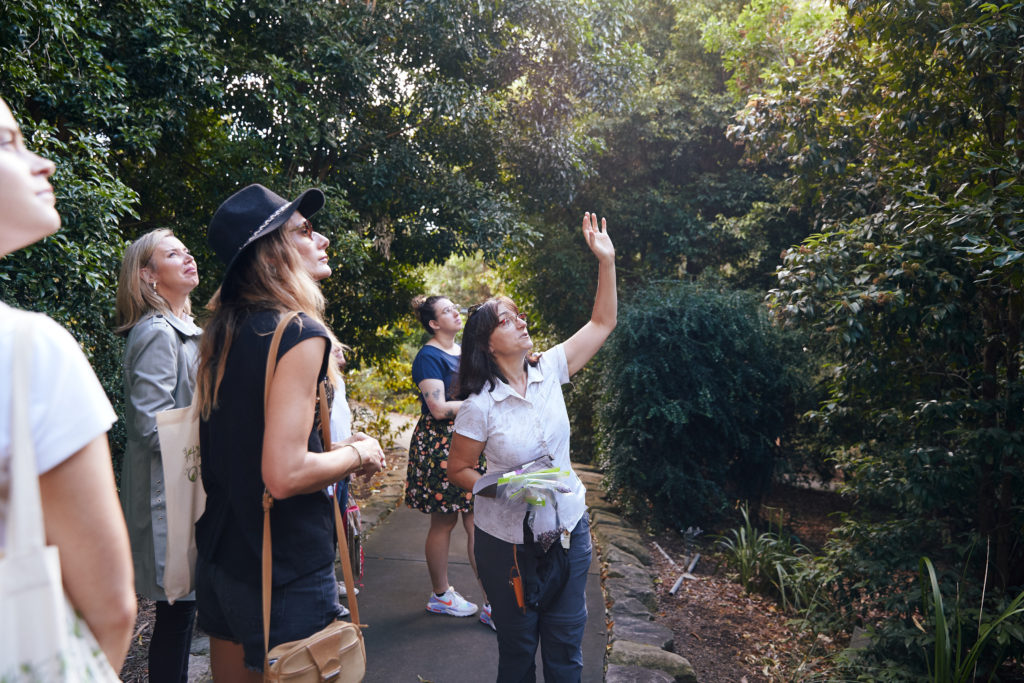
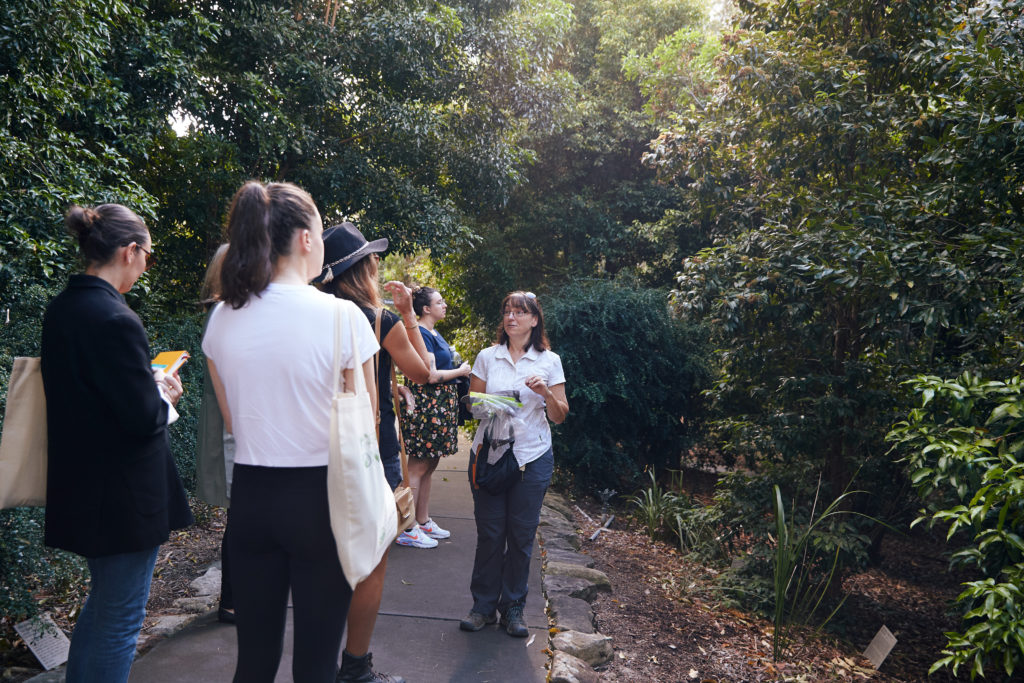
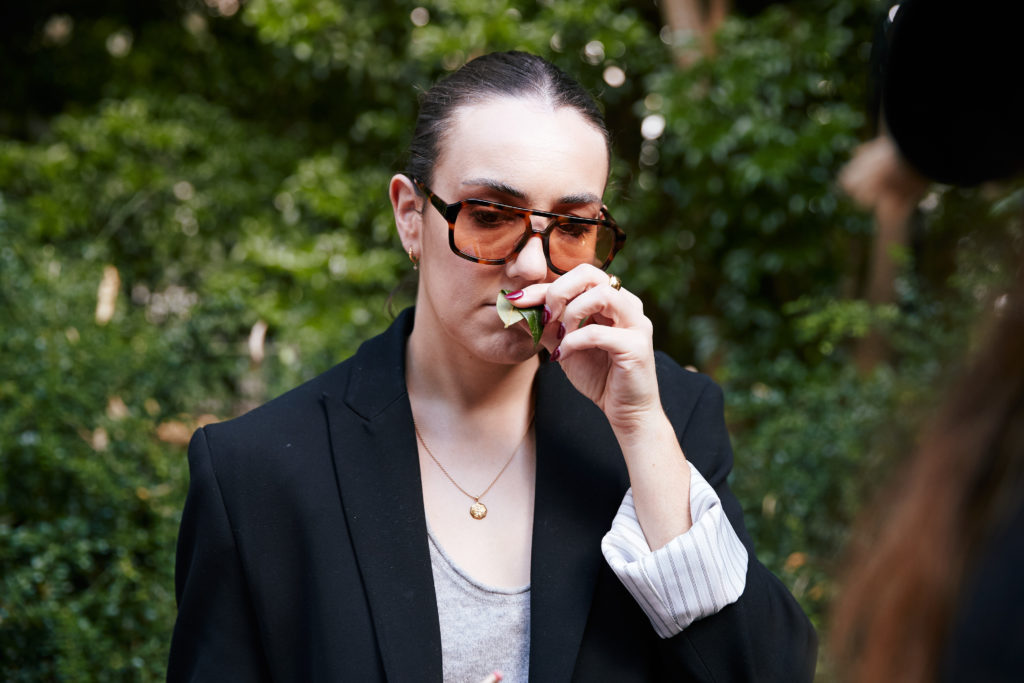
Jordyn Christensen, Co-Founder of Centennial Beauty.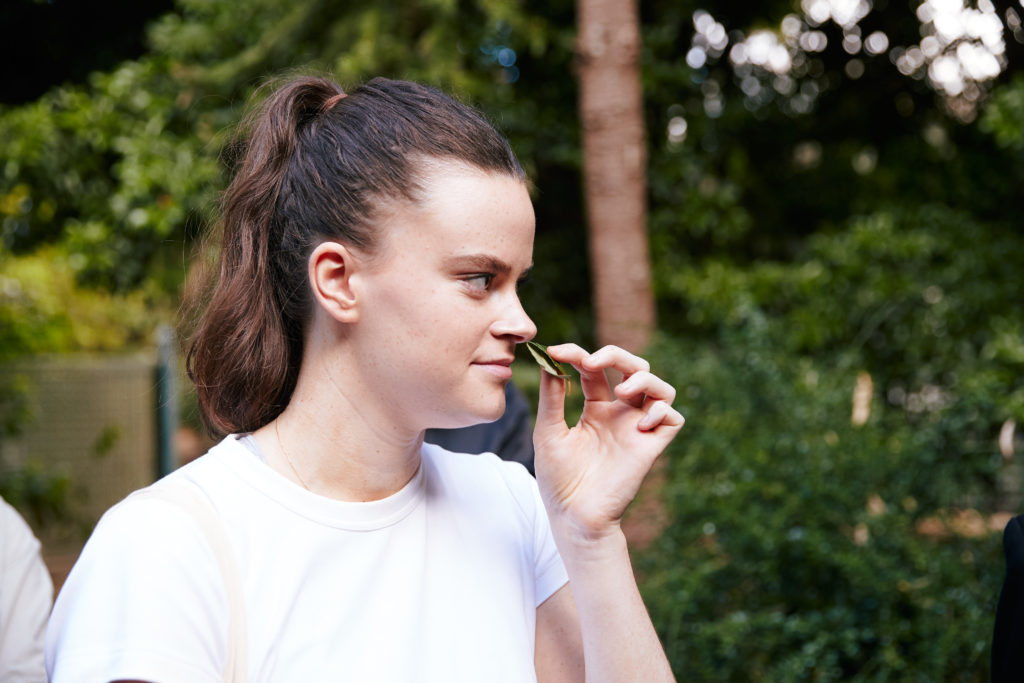
Rose Garnett from Gritty Pretty. 